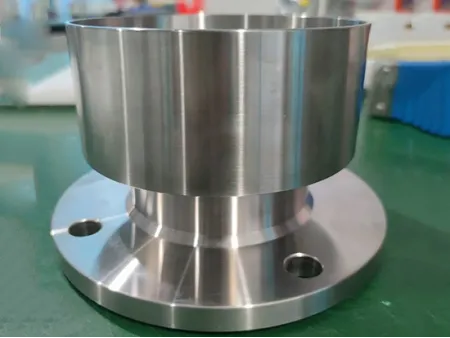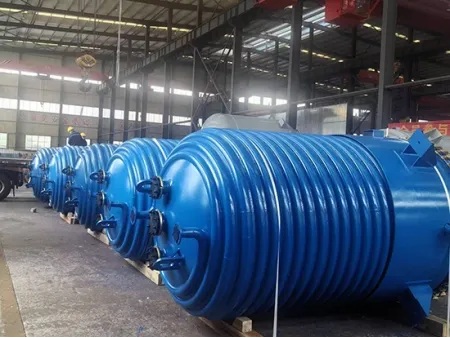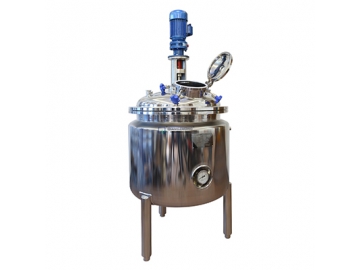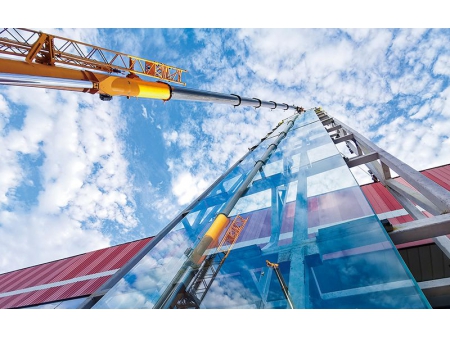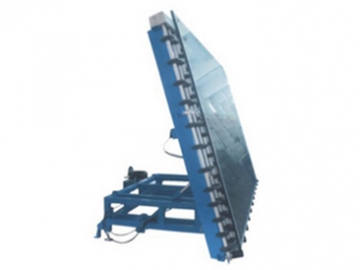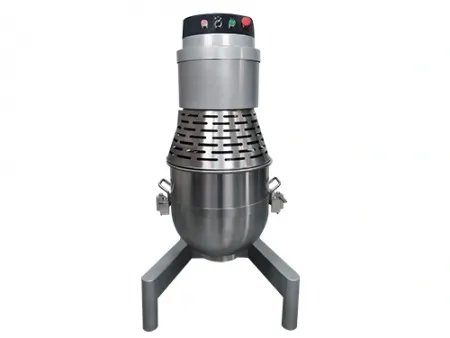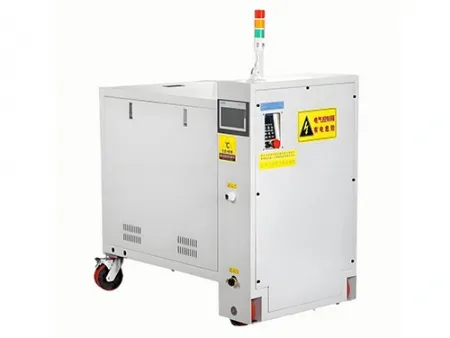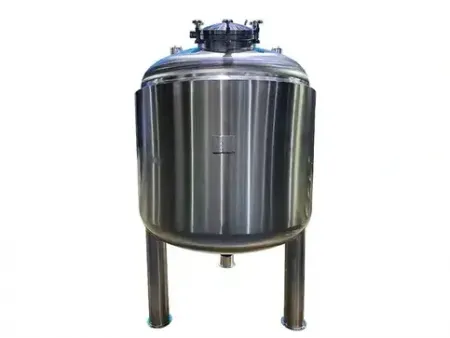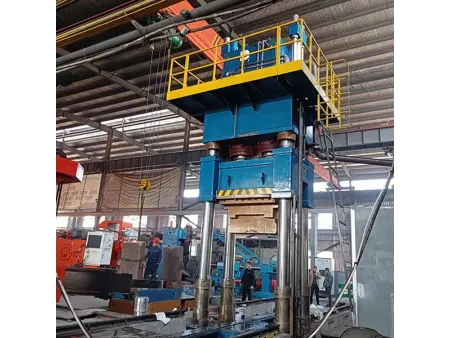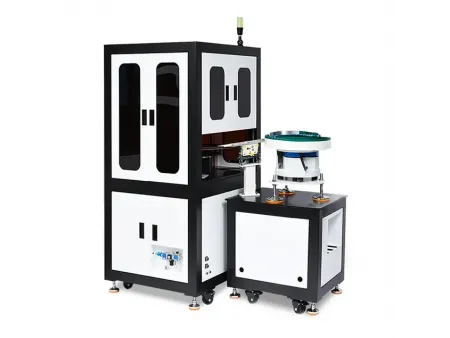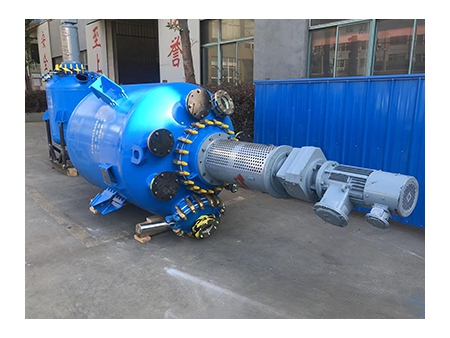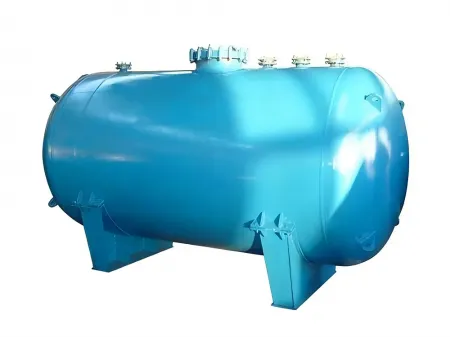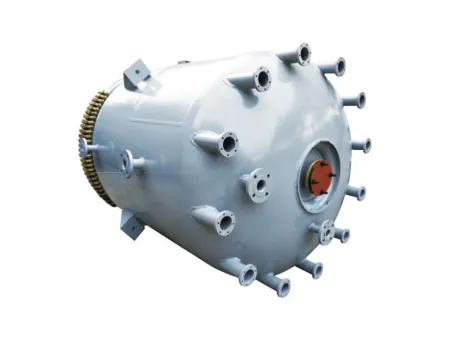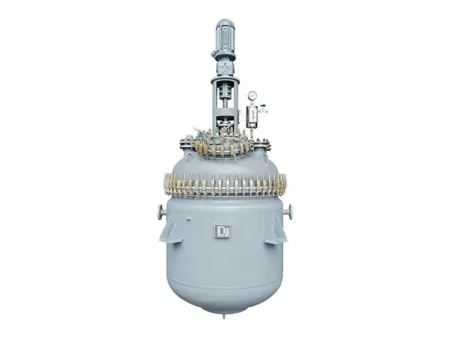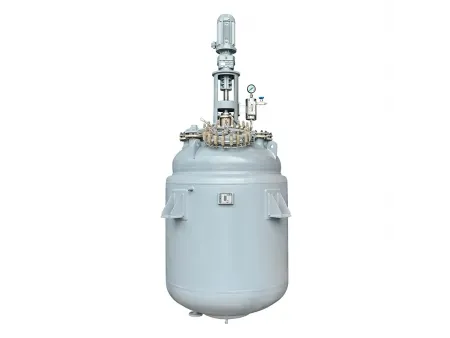What are the main components of open-type glass lined reactors, and what are their functions?
Open-type glass lined reactors consist of a few important parts: the vessel body, a removable cover, sealing gaskets, and clamps. Sealing gaskets are necessary to form a seal between the cover and the body, while the clamps hold them firmly together, so the reactor stays tightly closed and safe during operation.
How does the design pressure vary with different sealing methods?
The internal design pressure depends on the sealing method. With a packing seal, the vessel is rated for 0.2 MPa. With a mechanical seal, the design pressure can be 0.4 MPa or up to 1.0 MPa, depending on the configuration.
What special structural features are included in closed-type glass lined reactors to simplify operation and maintenance?
Some glass lined reactor models are equipped with quick-opening manhole covers and dual manholes, to enable easier access for inspection and maintenance. The lid is designed with butt-welded flanges to ensure stronger connections and simplify the installation of extra components, combining durability with practical convenience.
Which jacket design provides better heat transfer for liquid heating and cooling media: conventional or half-pipe coil?
When working with liquid heating or cooling media, the half-pipe coil jacket generally provides better heat transfer performance. Its effective area is smaller, about one-third less than that of a conventional jacket, but the flow rate is two to three times higher. In half-pipe coil jackets, the faster flow helps avoid many of the problems seen in conventional designs, like uneven heat transfer or buildup inside the jacket. This way, the heat spreads more evenly, making the process both more efficient and steadier during operation.
When the reactor operates with cooling water, which jacket design helps prevent corrosion problems?
The half-pipe coil jacket is recommended. Cooling water often contains ions such as H⁺ and Cl⁻ that can accelerate corrosion. In conventional jackets, deposits can accumulate and worsen this effect. The faster flow in half-pipe coil jackets minimizes deposits and reduces the risk of wall corrosion.
Do half-pipe coil glass lined reactors meet certification requirements for export to the European Union?
Yes. These glass lined reactors are CE-certified for the European Union, also comply with Japanese JIS standards, U.S. ASME codes, and Chinese JB standards. Backed by these certifications, they fully meet the compliance requirements for export to EU markets.


